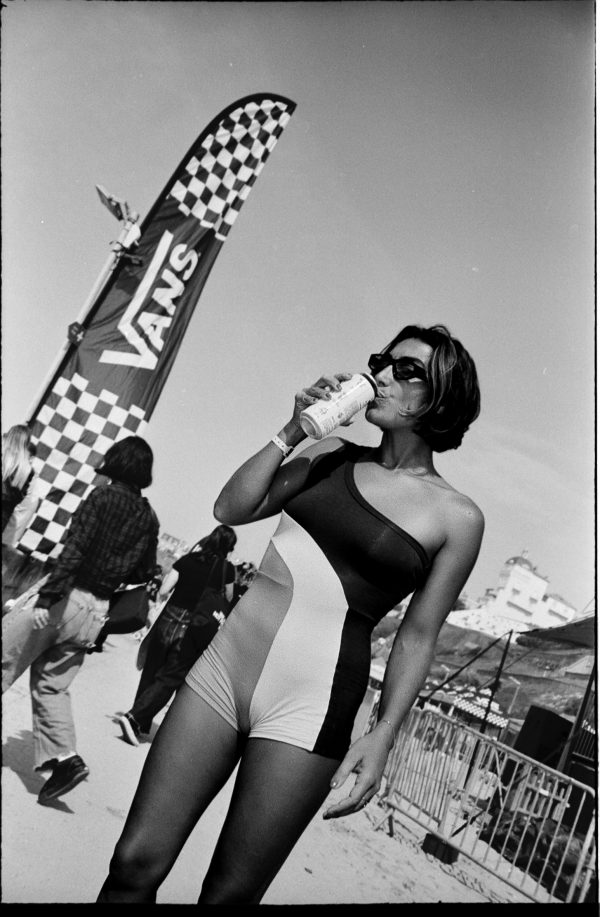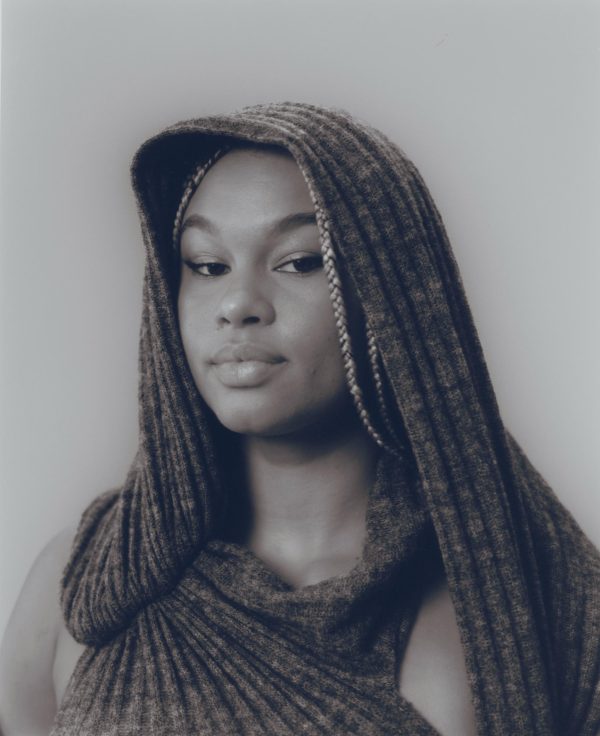With a prolific career in modelling, party-hosting, acting and, in more recent years, releasing her own albums, Amanda Lepore embodies pretty much all possible aspects of being an icon. From David LaChapelle portraits, which seem to have become modern-day symbols of post-pop society, to fronting a transgender revolution and giving a face to its cause, Lepore has undoubtedly shaped and crafted social and cultural scenes alike. Schön! speaks to the legendary NYC nightlife icon about her work with photographer Elias Wessel, and his series of portraits titled There Must Be More to Life.
Talking to Amanda Lepore about her life trajectory is awe-inspiring. From growing up in New Jersey as the outsider, as the ‘kid who didn’t fit in’, Lepore relates how harassment and marginalisation brought her to look for her own role-models in safer harbours. “I didn’t want to look like the people around me. I escaped more in like the movies, like old movies, because they didn’t have anything to do with my case. I always looked up to the blonde bombshell kind of thing, all the things that I saw in the movies were really glamorous to me.” As she was drawn to the sultry silhouettes of the likes of Catherine Mansfield at an early age, Lepore began to emulate the looks she saw on the silver-screen. Rejected by the normative crowd, Lepore found comfort in escapism. “I don’t think it was ever my kind of thing, you know, to conform.” From there, Lepore defined her own style, and obtained the sex-reassignement surgery she so desired. “I was skinny, it was kind of with the evolution of time, you know? When I first had my sex change, I didn’t have breast implants, I was just happy being a girl. But then I would try clothes on and realised it would look better with bigger breasts. Then it evolved, I wanted to be bigger, curvier. Then, at the time, it wasn’t like that ultra feminine look, it evolved from that.”
Captured by some of the greatest contemporary photographers, Amanda Lepore explains how her look was constantly evolving and being modified. “I did so many things, you know, I tried every kind of hairstyle, hair colour, different makeup looks, crazy stuff, and not crazy stuff.” The blonde wave came, and stuck, she tells us. “You come to the conclusion of what looks right on you, and work out proportions, you know. Then you just get really good at it. I mean, fashion and music are what is really important. I change myself all the time. I try different eye makeup, different manicures, different dresses. I’m always evolving.”
Amanda Lepore and Elias Wessel met at a party in SoHo three years ago, as they both recount, and Wessel realised that Lepore, with her incredible life story, was the perfect subject for his project, There Must Be More To Life.
While most people will associate Amanda Lepore with the ultra-hot photography of Marco Ovando or with the hard-crunch of NYC rapper Cazwell’s lyrics, There Must Be More To Life shows Amanda Lepore in a new light. As Lepore clarifies, the portraits represent a series of situations which are strikingly domestic, and above all, contrary to situations she usually finds herself in. Lepore’s explanation of the series is straight-forward: “The situations were completely opposite, I’m never in any of those. Like for instance, I have the day off today. I’m going to do yoga, I’m not lying around the house with a load of junk food, you know what I mean?” Her laugh resonates down the line before she adds: “I guess you’d have to know a bit about my life to get it. To know a little bit about me to get that he was doing the opposite. If people don’t know me, then, I don’t know what they would think, you know.”
Elias Wessel relates how the series originally came from a personal place, but ultimately exceeds both his input and that of Amanda Lepore’s. “The narrative and symbols I use are also based on highly personal experiences but at the end these images are neither about me, my experiences nor are they about Amanda.” Drawing on Lepore’s life and eternal self-invention, Wessel included a conversation with Lepore in the publication, delving into the reality and the life of the icon. “The work indeed creates a dialogue that becomes a larger narrative about self-discovery and reinvention, but its detailed meaning is in the eye of the beholder.”
Wessel elaborates on the intricacies of his work, giving us an insight into the insecurities and stresses of self-invention. “There Must Be More To Life suggests that the gap between our internal perceptions of who we are and how others view us can be a vast and lonely territory, but also that it is a space that provides multiple opportunities for dialogue and contemplation, both necessary in the formation of the self.”
We come to conclude our discussion, but we’re eager to know what comes next. Elias Wessel has exhibitions scheduled in Düsseldorf and Cologne in autumn, where a new cycle of his work will be shown. Lepore explains there’s more music to be expected from her soon. “I’m working on new music. I feel like I haven’t released anything new for a long time, you know, so… that’s very exciting.”
There Must Be More To Life is published by Norman Beckmann.
Words / Patrick Clark
Click the links below for the latest issue of Schön! Magazine
Schön! in glossy print
Download Schön! the eBook
Schön! on the Apple Newsstand
Schön! on Google Play
Schön! on other Tablet & Mobile device
Read Schön! online
Subscribe to Schön! for a year
Collect Schön! limited editions































































































